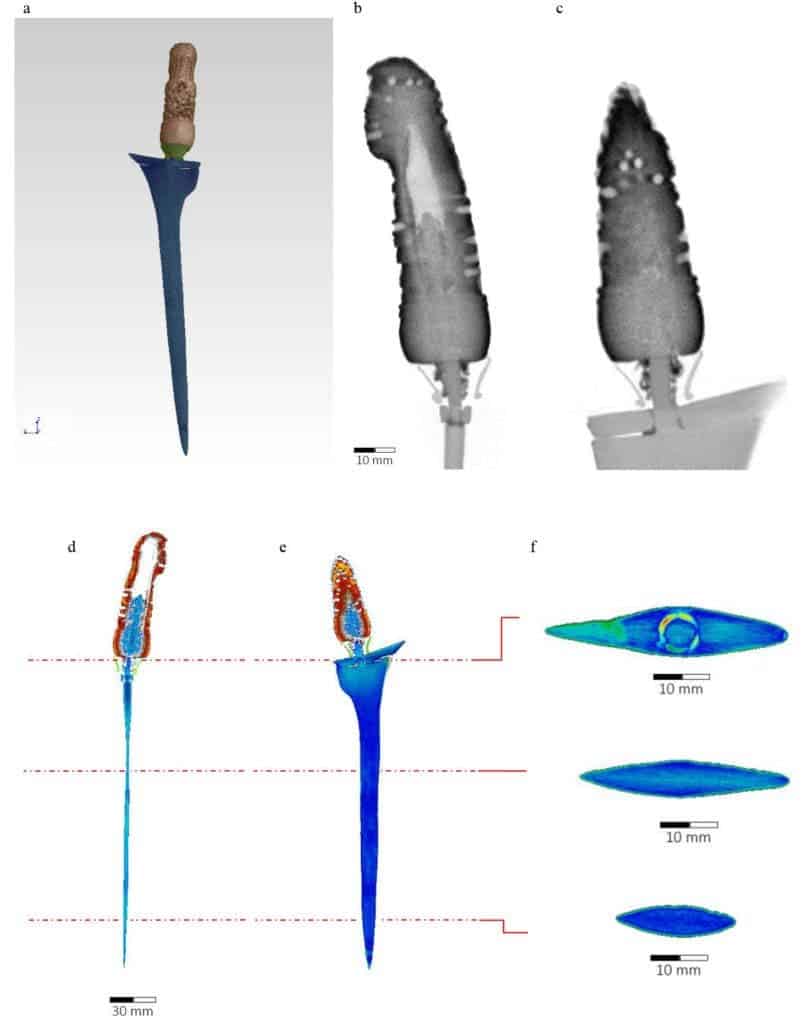When two different fields of science team up — in this case, physics and archaeology — the results are often spectacular.

While ancient weapons are not the most important archaeological artifacts, they certainly do a lot to ignite people’s imagination and interest, and they do tell us a lot about ancient people. Historic weapons are also worth a lot of money to collectors, which is why an impressive number of forgeries have emerged in times both recent and long gone.
It can be quite tricky to assess the nature and authenticity of such pieces, which is where this study steps in. Filomena Salvemini of the Australian Nuclear Science and Technology Organisation, working in close collaboration with the Wallace Collection in London and the Neutron Imaging team at the Helmholtz Zentrum Berlin, has demonstrated a non-invasive technique which can tell if a weapon is authentic or not, as well as offer some clues on its creation.
They focused on two pieces:
- a kris — an asymmetrical dagger with distinctive blade-patterning associated with Indonesian culture, but also indigenous to Malaysia, Thailand, Brunei, Singapore and the Philippines.
- a khanjar — a traditional dagger originating from Oman, worn especially at ceremonial occasions.
They used tomographic methods, similar to those used in medicine (and to a lesser extent, in geophysics) — specifically, neutron and X-ray imaging techniques. With this, they were able to study the surface as well as the deeper parts of the weapons in high resolution. For instance, they could see inner cracks and inhomogeneities and corrosion patterns, two important elements in all metallic artifacts. Metal layers of a different composition provide good indications of the fabrication (or forging) process.
Both bulk and microstructure characteristics are important, and through comparison with known fabrication processes, scientists were able to show that the khanjar was authentic, with the material distribution fitting with traditional fabrication processes. However, the material distribution in the kris was inconsistent with any fabrication technique existing in the literature and was therefore almost certainly a fake. Its overall internal structure indicated it quite clearly.
It’s not the first time something like this was attempted. In 2011, a study used 3D neutron imaging to study bronze and brass artifacts excavated at the ancient city of Petra, in present day Jordan. Salvemini herself previously analyzed ancient Japanese swords using a similar technique.
Journal Reference: Filomena Salvemini, Francesco Grazzi, Nikolay Kardjilov, Frank Wieder, Ingo Manke, David Edge, Alan Williams, Marco Zoppi. Combined application of imaging techniques for the characterization and authentication of ancient weapons. The European Physical Journal Plus, 2017; 132 (5) DOI: 10.1140/epjp/i2017-11496-6
Was this helpful?



